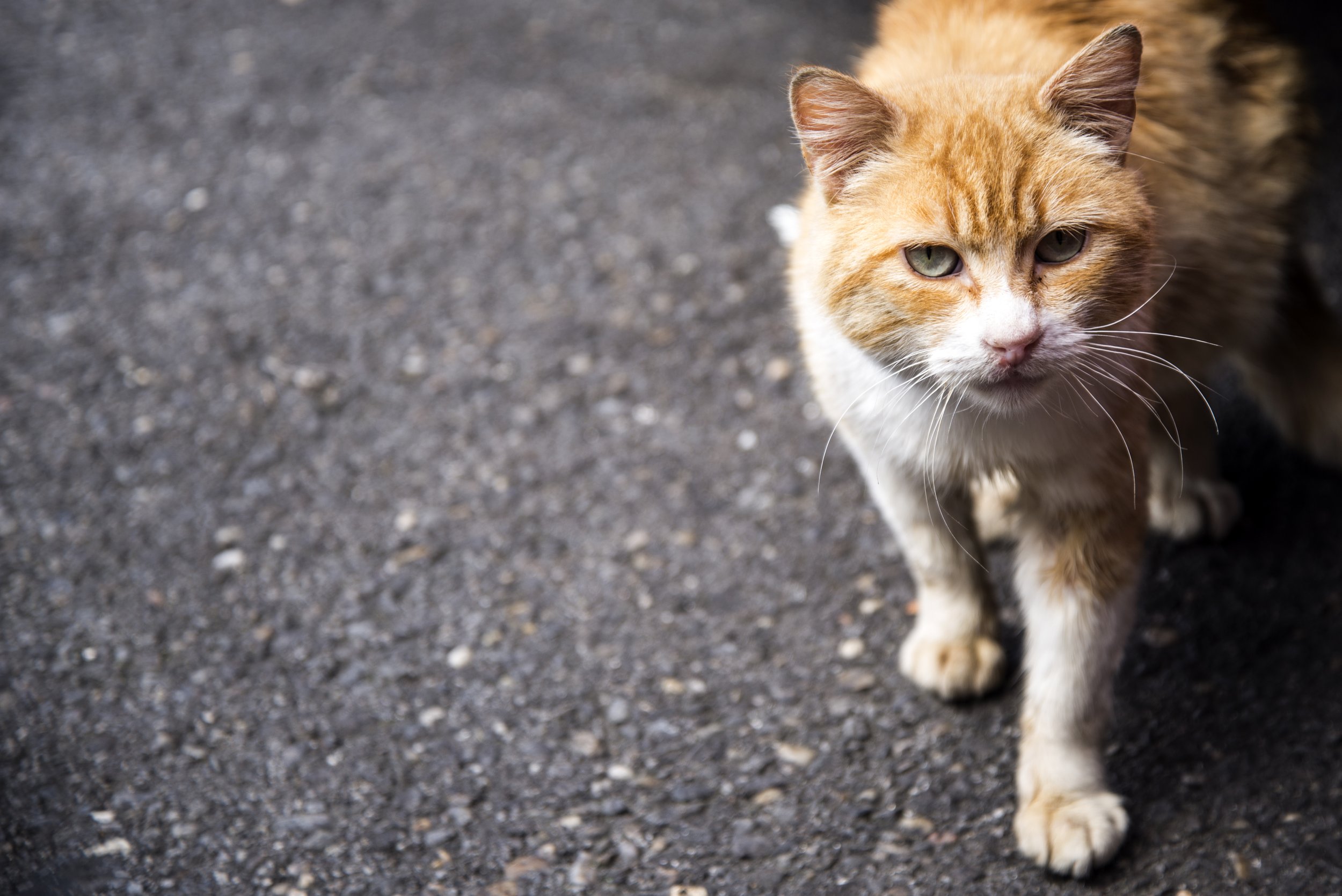
Why spay and neuter?
Check out the stats below.
North Carolina has the second highest shelter euthanasia rate in the U.S., after Mississippi.
In 2021, over
100,000
cats and dogs entered shelters and rescues across North Carolina.
51% CATS | 49% DOGS
Out of those,
30,000
total animals were euthanized.
54% CATS | 46% DOGS

So we work to make it affordable for everyone.
We can’t adopt our way out of this crisis. We believe spay and neuter is the most efficient and humane way to reduce the number of animals that are euthanized.
The Basic Benefits of Spaying or
Neutering Your Pet
For Your Pet
Spaying and neutering helps dogs and cats live longer, healthier lives.
Spaying and neutering can eliminate or reduce the incidence of a number of health problems that can be very difficult or expensive to treat.
Spaying eliminates the possibility of uterine or ovarian cancer and greatly reduces the incidence of breast cancer, particularly when your pet is spayed before her first estrous cycle.
Neutering eliminates testicular cancer and decreases the incidence of prostate disease.
For You
Spaying and neutering makes pets better, more affectionate companions.
Neutering cats makes them less likely to spray and mark territory.
Spaying a dog or cat eliminates her heat cycle. Estrus lasts an average of six to 12 days, often twice a year, in dogs and an average of six to seven days, three or more times a year, in cats. Females in heat can cry incessantly, show nervous behavior, and attract unwanted male animals.
Unsterilized animals often exhibit more behavior and temperament problems than do those who have been spayed or neutered.
Spaying and neutering can make pets less likely to bite.
Neutering makes pets less likely to roam the neighborhood, run away, or get into fights.
For the Community
Communities spend millions of dollars to control unwanted animals.
Irresponsible breeding contributes to the problem of dog bites and attacks.
Animal shelters are overburdened with surplus animals.
Stray pets and homeless animals get into trash containers, defecate in public areas or on private lawns, and frighten or anger people who have no understanding of their misery or needs. Some stray animals also scare away or kill birds and wildlife

Local Community Organizations
By listing the organizations above, we are not endorsing or promoting any of these groups in particular, but they are educational organizations that provide educational information.


